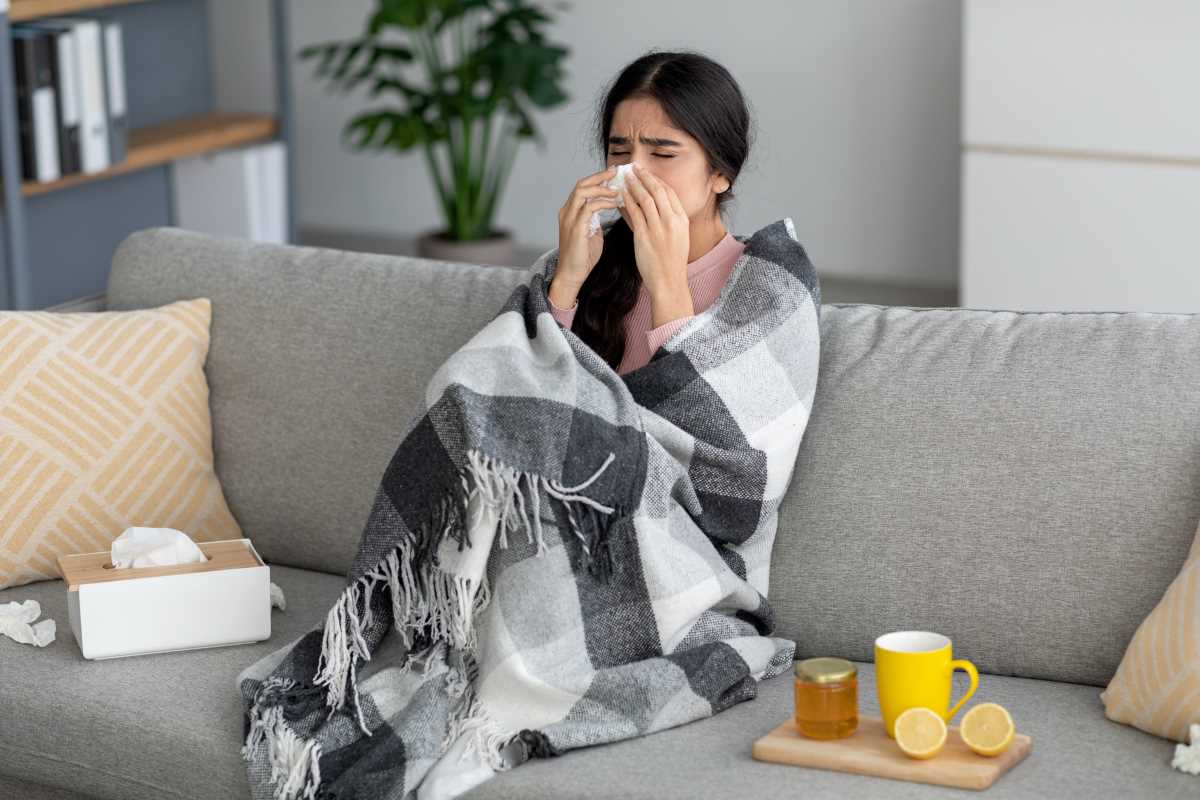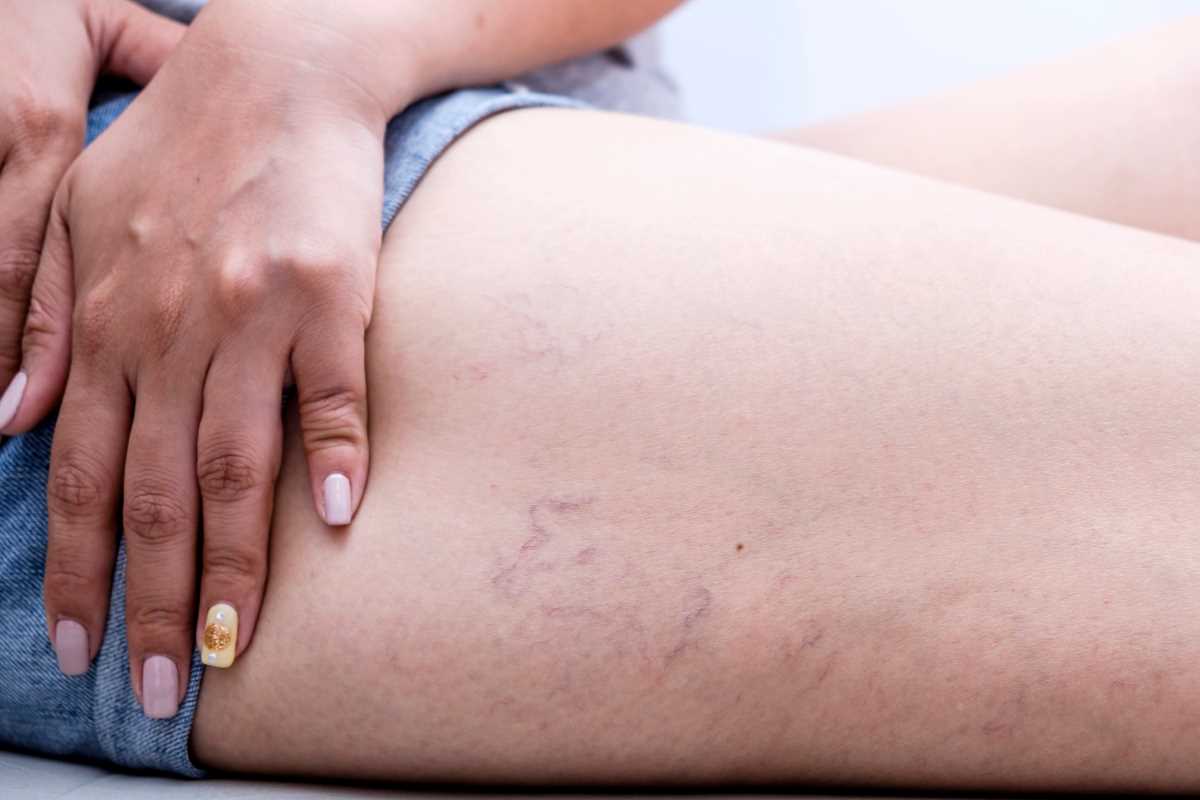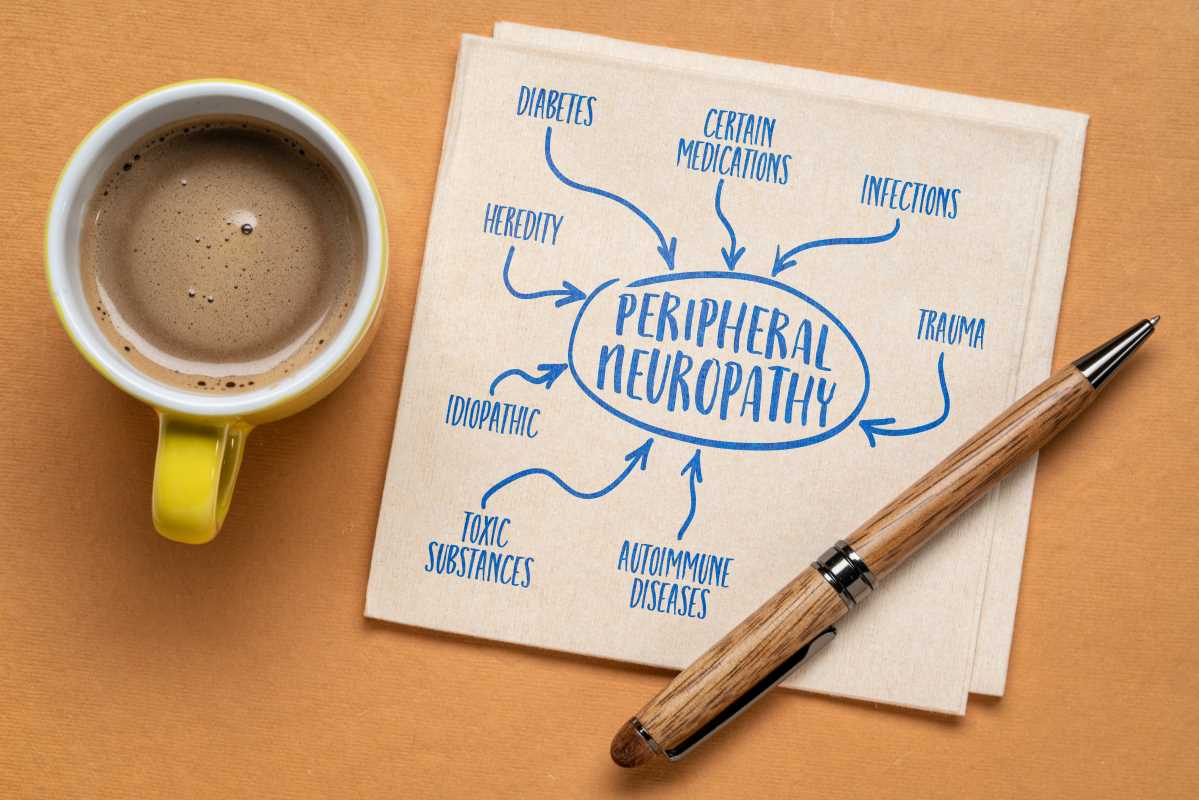Ever feel stiff when you wake up in the morning, or notice a dull ache in your knees after climbing stairs? You might brush it off as "getting older" or overdoing it at the gym. But these could be early indicators of osteoarthritis (OA), the most common form of arthritis that affects millions of people worldwide.
Osteoarthritis is a condition that develops gradually, as the protective cartilage in your joints wears down over time. While it most commonly appears in middle-aged and older adults, it can impact anyone. Recognizing the first signs of osteoarthritis can help you address symptoms early, slow progression, and maintain a better quality of life.
This guide will walk you through what osteoarthritis is, the early warning signs to watch for, and when it’s time to seek professional advice.
What Is Osteoarthritis?
Your joints are like the body’s shock absorbers. They’re where two bones meet, and cartilage provides a smooth, cushioned surface so the bones can move without grating against one another. With osteoarthritis, this cartilage breaks down over time. Once the cartilage wears away, the bones begin to rub together, causing pain, inflammation, and stiffness.
Osteoarthritis can affect any joint, but it’s most common in:
- Knees: Which bear much of your body weight.
- Hips: Key for walking and balance.
- Hands and Fingers: Often used for daily tasks.
- Spine: Particularly the neck and lower back.
It’s a progressive condition, meaning symptoms usually worsen over time. However, catching the disease early can make a big difference in how it progresses and how much it affects your day-to-day life.
Early Signs of Osteoarthritis
Osteoarthritis often starts subtly, and the symptoms tend to vary depending on the joint involved. Here are the most common early warning signs to watch for:
1. Joint Stiffness
One of the hallmark symptoms is stiffness, especially after periods of inactivity. For example, you might notice that your knees or fingers feel stiff when you wake up in the morning or after sitting for a long time.
What to Look For:
- Stiffness that lasts for about 30 minutes or less when you start moving again.
- Difficulty bending or straightening a joint fully.
2. Pain in the Joints
Osteoarthritis can cause mild discomfort at first, but it often worsens with activity. Pain is typically experienced during movement and subsides with rest.
Key Clues:
- A dull ache or soreness in one or more joints.
- Pain that gets worse after exercise or carrying heavy objects.
3. Loss of Flexibility
Early in the condition, you may struggle with a limited range of motion. Everyday tasks like reaching, bending, or gripping might become more challenging.
Common Examples:
- Difficulty turning your head fully while driving.
- Feeling like you need to “force” a joint to move.
4. A Grating Sensation or Popping Sounds
When cartilage wears down, your bones may start rubbing together, creating a sensation known as crepitus. This might feel or sound like popping, cracking, or grinding during joint movement.
When It Happens:
- Moving your knees while climbing stairs.
- Rotating your wrists or turning a stiff neck.
5. Swelling Around the Joint
Osteoarthritis can trigger inflammation in the joint, which may lead to mild swelling. This happens when the body tries to repair the damage but ends up creating more problems.
Signs of Swelling:
- The area around the joint may appear puffy.
- It might feel tender or warmer to the touch.
6. Weak or Achy Muscles
Muscles surrounding the affected joint can weaken over time, especially if movements become limited. This can lead to a sensation of instability or give way while performing certain activities.
Examples:
- Feeling like your knee might buckle when walking up stairs.
- Reduced grip strength that makes holding items harder.
7. Bone Spurs
These are bony growths that can form around the edges of a joint affected by osteoarthritis. They may create noticeable lumps near the joint, though they might not always cause discomfort.
Where They Appear:
- Along the fingers (common in hand osteoarthritis).
- Edges of weight-bearing joints like hips or knees.
Who Is at Risk for Osteoarthritis?
While anyone can get osteoarthritis, several factors can increase your chances of developing it:
- Age: Risk increases with age, commonly starting after 50.
- Obesity: Extra weight puts more stress on weight-bearing joints like the knees and hips.
- Joint Injuries: Previous injuries, even from years ago, can make a joint more likely to develop OA.
- Repetitive Stress: Jobs or hobbies that involve repetitive motions like kneeling, typing, or lifting can wear down joints.
- Genetics: If your parents or siblings had OA, your risk may be higher.
- Gender: Women are more likely to develop osteoarthritis, especially after menopause.
When to See a Doctor
If you’ve been noticing any of the symptoms above, particularly if they’re consistent or impacting your daily activities, it’s time to seek medical advice. Early detection is key to managing osteoarthritis effectively and preventing further joint damage.
Here are signs it’s time to see a doctor:
- Persistent joint pain lasting longer than a few weeks.
- Swelling or tenderness that doesn’t go away.
- Difficulty performing regular tasks, like opening jars or climbing stairs.
- Feeling like your joint “locks” or gives way.
How Is Osteoarthritis Diagnosed?
Diagnosing osteoarthritis will typically involve a combination of the following steps:
- Medical History: Your doctor will ask about your symptoms, lifestyle, and any family history of arthritis.
- Physical Exam: This includes checking for swelling, tenderness, and range of motion in your joints.
- Imaging Tests: X-rays or MRIs can show signs like narrowing of joint space, loss of cartilage, or bone spurs.
- Lab Tests: Bloodwork or joint fluid analysis can rule out other conditions, like rheumatoid arthritis.
Managing Osteoarthritis in the Early Stages
While there’s no cure for osteoarthritis, there are many ways to manage it, especially if caught early. Here are actionable steps to help protect your joints and reduce pain:
1. Stay Active
Regular, low-impact exercise strengthens the muscles around your joints, providing better support. Try activities like:
- Walking
- Swimming
- Yoga
2. Maintain a Healthy Weight
Excess weight puts strain on your joints, particularly your hips, knees, and ankles. Losing even a small percentage of your body weight can make a big difference.
3. Use Joint Protection Techniques
- Wear supportive shoes to reduce stress on your knees and hips.
- Use tools like jar openers or ergonomic keyboards to ease joint strain during daily activities.
4. Eat an Anti-Inflammatory Diet
Foods rich in omega-3s, antioxidants, and whole grains may help reduce inflammation. Aim for a diet that includes:
- Fatty fish like salmon
- Colorful fruits and vegetables, such as berries and spinach
- Healthy oils, like olive oil
5. Consider Physical Therapy
A physical therapist can design a personalized plan to improve strength, flexibility, and mobility while minimizing pain.
6. Over-the-Counter Pain Relief
Nonsteroidal anti-inflammatory drugs (NSAIDs), like ibuprofen, can help manage symptoms during flare-ups. Consult a doctor before prolonged use.
7. Protect Your Joints
Simple changes, like using a cushion for kneeling or taking breaks from repetitive tasks, can prevent further damage.
 (Image via
(Image via





